Microsoft BUILD: Windows 8, A Pre-Beta Preview
by Brian Klug & Ryan Smith on September 13, 2011 12:05 PM EST- Posted in
- BUILD
- Windows
- Microsoft
- Windows 8
- Trade Shows
The Metro UI Continued
Next up is the control panel, which doesn’t entirely supplant Windows’ traditional control panel, but instead offers high level features in a Metro-friendly interface. The left side scrolls up and down and exposes categories, the right side serves as the interaction area for playing with all the toggles.
Interesting settings inside the control panel are things like privacy toggles for location services, which is akin to what we’ve seen on virtually every mobile platform, notifications through the push notification service which no doubt bears similarity to WP7, toggles for the onscreen keyboard (more on that later), and more. Under General are two new features - Refresh your PC, and Reset your PC.
The second is reasonably self explanatory, it resets the entire OS to its original shipping state using a built-in recovery partition part of the install. The first is a bit more interesting, as it restores Windows and configuration settings while leaving user-specific files like photos, music, and videos intact. Microsoft has noted that this option leverages the management tools used for imaging PCs in an enterprise environment, but now in a desktop setting.
There’s also a category marked ‘devices’ which is the settings pane for controlling peripherals like printers, human interface devices, and TVs. It doesn’t replace the device manager, but acts in practice as a high-level one for the devices that are used by the Metro/Start interface. At the very bottom is ‘more settings’ which literally takes you back to the old Windows 7 control panel.
This is the start menu, so just like in Windows 7 and Vista, you can simply start typing to get an immediate list of files and applications that match the string. Results are categorized into one of three bins - apps, settings, and files. Of course you can also just type the application name and hit enter like previous editions of Windows.
That really brings me to where the real windows desktop “lives” in Windows 8 right now, and there are a couple ways to invoke it. The first is that when a traditional desktop application is launched, either through a tile or search result, the Metro UI disappears and gives way to a Windows 7-esque desktop environment. The second is either by using the Windows Explorer or Desktop tiles, and the third is by good-ol Windows+D. Any of these get you to the desktop so to speak, which at this point looks almost exactly like Windows 7. There’s a good chance this isn’t finished yet and is going to change soon, but for now things look very familiar.
Down in the bottom left is the Start button, which gets a new look, and tapping or clicking here brings you back into the Metro start screen. It was at this point that things really occurred to me - the new start screen completely replaces the Windows 7 start menu in its entirety.
I’m reminded after seeing a lot of Windows 8 of two things. It’s almost like Windows Origami experience for UMPCs, but crossed with Windows Phone 7’s Metro design language and fluidity, all while retaining the desktop layer underneath. The question is whether Windows can successfully tailor itself to so many different form factors and retain the desktop power that users need and expect.
The last new UI elements we’ve been shown belong to the desktop part of the OS. These two features are the freshly included explorer ribbon and new queued copy dialogs.
The new Windows 8 explorer window includes two modes. In collapsed mode, the window is essentially the Windows 7 explorer pane, with the inclusion of an up a directory button and simplified bottom pane.
With the window expanded however, the ribbon appears. It’s starting to make sense that the ribbon really accommodates a touch-centric workflow, where right click is cumbersome or impossible. In its stead, controls in the ribbon are the one stop shop for file management.
There are also some contextual elements that pop up as well, for example when dealing with a .zip, compressed folder tools appears, and when photos are selected, picture management tools appear. For now the Ribbon isn’t mandatory, and the ability to collapse it up and retain valuable horizontal space should assuage the concerns of hopefully at least some of its critics.

The next major explorer change is the new and improved file copy dialog, which gives an optional detailed graph of copy throughput, and the ability to pause, resume, or stop file copy actions. We've only just started using this build and need more time to really play with larger file copies, but thus far the functionality does work and is welcome.


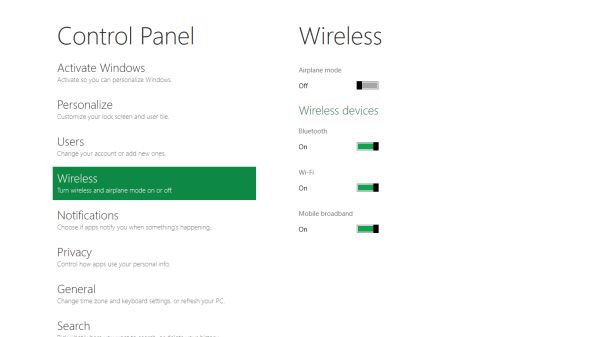
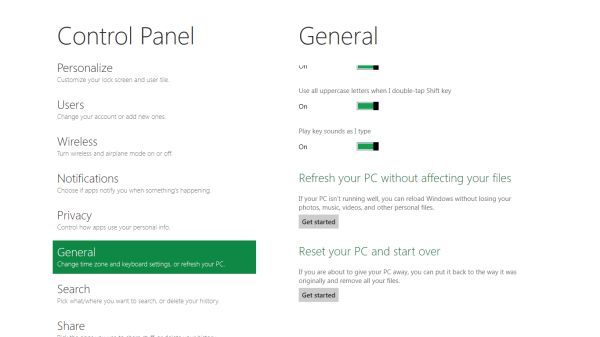
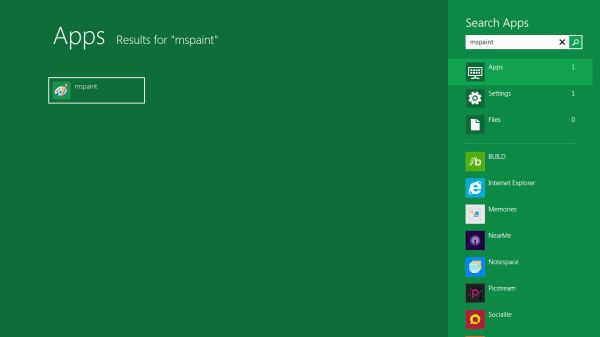
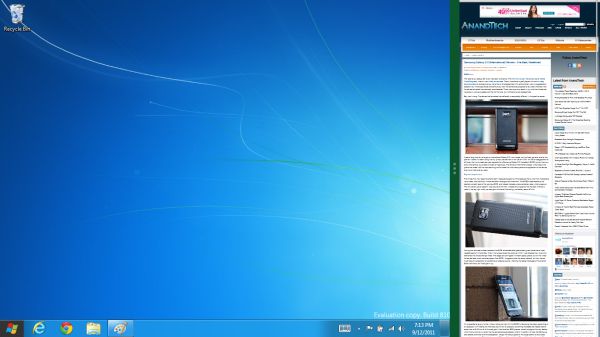
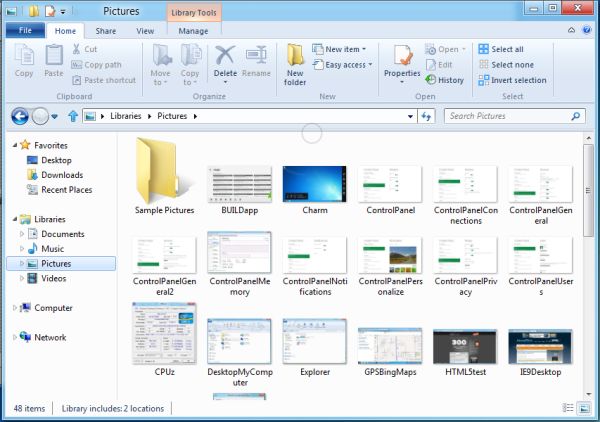
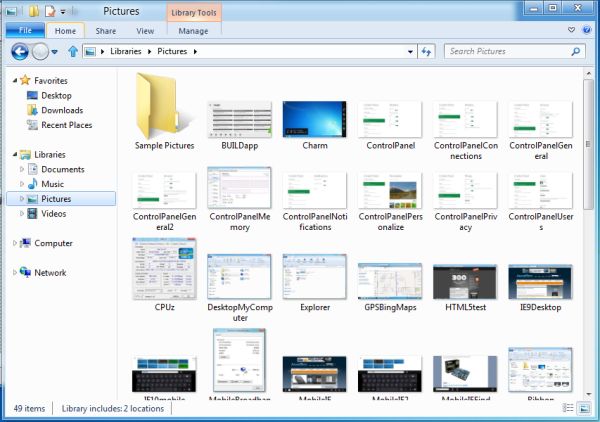









235 Comments
View All Comments
UMADBRO - Wednesday, September 14, 2011 - link
Nah, they are fairly arrogant over there too. If you want to stay firmly rooted in the past, then dont upgrade. Otherwise, adapt and move on. Simple as that.UMADBRO - Tuesday, September 13, 2011 - link
Good luck. All I hear on here is the gnashing of teeth, because ,*gasp*, people might have to try something new. I can already read the reports of people collectively croaking, still clutching their copies of Win 3.11 in their cold, dead hands.Seriously, give it a goddamn shot before you automatically decide you hate it, you close minded asshats.
Exodite - Wednesday, September 14, 2011 - link
What's your angle?Serious question, as I find it inconceivable that a mere user - let alone someone that's actually never used the discussed software - are so adamant about defending it to the point of absurdity and personal attacks.
Needless to say I have a theory myself but I'd rather hear it from you.
UMADBRO - Wednesday, September 14, 2011 - link
I just dont get why people wont even give something new a chance before they absolutely hate it. Its just retarded, IMO. Give it a chance. If you dont like it afterwards, then thats fine. At least you tried it.Personally, I have the dev version downloaded and am going to keep an open mind when I give it a shot. If I dont like it afterwards, I wont hesitate to let people know why I dont, with an actual reason why, instead of going around blaring "Herp its stupid derp I dont like it" and not having ever booted it up one time.
UMADBRO - Wednesday, September 14, 2011 - link
And please, pray tell your "theory" as Im not really defending it as much as letting people know what I think of them for being narrow minded.frozentundra123456 - Tuesday, September 13, 2011 - link
I have to say I hate this interface too. Why does microsoft seen to want to make everything look like a smart phone (or a cash register at McDonalds!!).This touch interface might be OK for a laptop or tablet, but I cant imagine sitting at your desk and using it on a separate monitor. It would be like doing a continuous series of sit-ups as you move closer to the monitor to touch it and back away to read it, not to mention finger prints everywhere.
Unless you can easily turn off this interface and go back to a conventional desktop, this would be a deal breaker for me as to buying a computer with this OS.
TEAMSWITCHER - Tuesday, September 13, 2011 - link
There has been much mobile OS development in the last 5 years with iOS, Android, WebOS, MeeGo, Symbian, RIM, etc. A lot of design ideas for touch screen OS's have already been copyrighted, trademarked, or patented. Microsoft bought a scrappy little company called Danger that made the Metro UI, and it may be the only thing they can do now that wouldn't infringe on the IP of established players.Microsoft has a big problem here. Desktop power users won't use the Metro GUI because it would just slow them down. And new Windows 8 Tablet users (running ARM processors) can't run applications from the existing Windows universe. Microsoft is trying to leverage the broad appeal of Windows in the mobile market, but this is pretty weak leverage.
Finally, that touch interface looked like a complete failure. How many failed swipes to open/close a fly-out menu can a human being endure? Be careful Microsoft, this is starting to look a lot like Vista!
cjs150 - Wednesday, September 14, 2011 - link
"It would be like doing a continuous series of sit-ups as you move closer to the monitor to touch it and back away to read "You have got it. MS enters personal fitness market!
Belard - Tuesday, September 13, 2011 - link
I hope MS already knows how to handle this...The mouse wheel should fly the tiles left to right. Sure the wheel is pointed in the wrong direction - but its not hard to figure out and besides - a HOR. mouse wheel won't work. Even Logitech's wheels that have side to side scrolling just sucks.
Anyone with a rotating monitor (or manual rotate your whole monitor) can try this. Go to an image site that has normal up and down scrolling. Make your browser long up and down.... then use your wheel to move the whole page of photos (pretend they are tiles).
Or turn your head to the side.
Sladeofdark - Tuesday, September 13, 2011 - link
the interface looks hideous just like phone 7 does. i just dont get it.. its like they HAVE to mess up every other OS. i can see how the metro tile theme could be good for old people , or my older brother whom is not tech savy. But it should not be the MAIN way of using the OS. I hope it doesnt make it like Aero really didnt "make it" into vista.. but Vista was still garbage. gosh.. this love hate back and forth thing is bad for my heart lol.